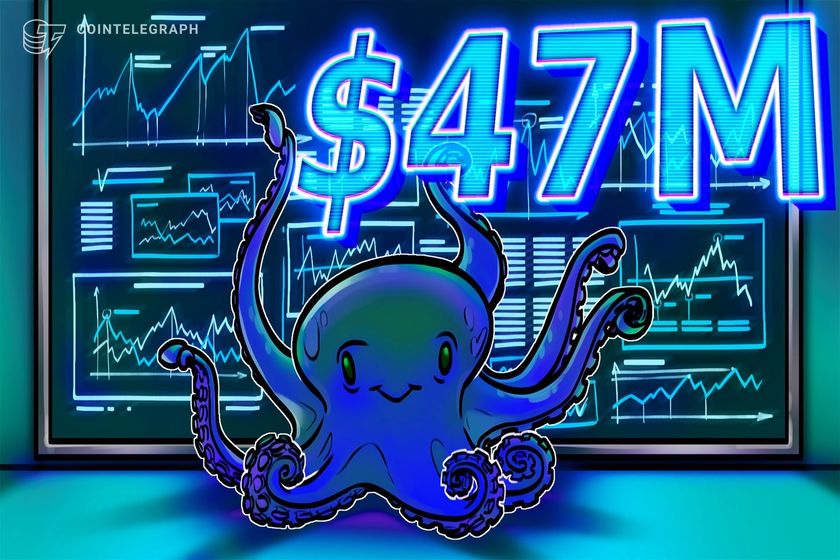Robert F Kennedy Jr says he will keep his share of any windfall from litigation against pharmaceutical company Merck even if he becomes Donald Trump’s top US health official, ethics records show.
In an ethics agreement published on Wednesday, Kennedy said he would keep his share of potential winnings from the case brought by law firm Wisner Baum against Merck’s Gardasil vaccine, which prevents human papillomavirus, known as HPV.
“I am entitled to receive 10 per cent of fees awarded in contingency fee cases referred to the firm,” said Kennedy, a co-counsel at Wisner Baum, in a letter to the top ethics tsar at the US Department of Health and Human Services.
Kennedy, a vaccine sceptic who Trump picked to be health secretary in November, said he was entitled to keep interests in cases that did not involve the US or in which the state did not have a “direct and substantial interest”.
The ethics records were published on Wednesday as Mike Crapo, the chair of the Senate finance committee, announced that Kennedy’s confirmation hearings would be held next Wednesday.
Kennedy, a scion of the famous Democratic political family, stressed that he was playing no direct role in the Merck case and pledged to avoid doing anything to sway the outcome if appointed as health and human services secretary.
The first in a series of cases alleging that young people were injured by Merck’s vaccine is being heard this week in a court in Los Angeles. Kennedy first got involved with the legal effort against Gardasil in 2018.
The former Democrat, who endorsed Trump last year after mounting his own independent run for the White House, also said he would resign from his consulting role at Wisner Baum.
In separate financial records filed on Wednesday with the US Office of Government Ethics, Kennedy revealed $11.6mn in disclosed income over the past two years, including $8.8mn from his work as an environmental attorney at Kennedy & Madonna. He pledged to terminate his role at the firm.
Kennedy was also paid $856,559 by Wisner Baum over the same period, records show. He also held small stakes in biotechs Crispr Therapeutics and Dragonfly Therapeutics, according to the financial disclosures.
The disclosures highlight the controversy around Trump’s decision to pick a vocal vaccine sceptic and campaigner to oversee the US health department — including its 13 divisions and agencies, such as the Food and Drug Administration and National Institutes of Health, which have sweeping influence over medicine regulation in the US.
The delay in Kennedy’s congressional hearing, which was originally planned for this week, has been taken by some in his camp as a sign that he could struggle to win approval from the crucial health and finance committees, whose endorsement he will need before a full vote in the Senate.
Some senators have raised questions about his record on vaccines and abortion, among other issues.
The litigation against Merck over Gardasil is among several high-profile anti-vaccine lawsuits Kennedy has been involved in. Gardasil is recommended as a routine jab for 11- and 12-year-olds by the federal Centers for Disease Control and Prevention, with 160mn having been distributed by the end of 2022, according to official statistics. Certain high-risk types of HPV can cause cervical cancer.
Kennedy did not respond to requests for comment. Merck said: “The plaintiff’s allegations have no merit, and we remain committed to vigorously defending against these claims.”
































You must be logged in to post a comment Login